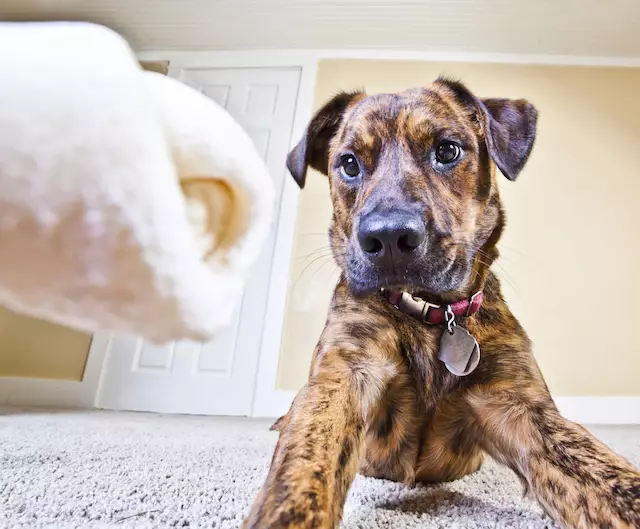Dogs are known for their affectionate nature and deep-seated loyalty, and as dog owners, we often feel a sense of pride when we provide our pets with special treats. However, it can be disheartening to witness a dog snatch a treat and scurry away, as though they fear it will be taken back. This behavior can feel like a personal affront, but it’s essential to realize that this instinctive response is deeply ingrained in canine behavior. Exploring the reasons behind this reaction can enhance our understanding of dogs and strengthen the bond we share with them.
The Instinctual Nature of Dogs
Dogs are descendants of wolves and, as such, are hardwired with certain survival instincts that defined their ancestors. While domestication has significantly altered their environment, the underlying instincts remain intact. In the wild, dogs must compete for scarce resources—food, shelter, and safety—engendering instincts related to guarding and possession. Each dog has a unique set of survival characteristics influenced by their evolutionary past, and understanding this heritage fosters a better appreciation of their behavior today.
When we present our dogs with a delicious treat, we may assume that they will immediately recognize it as a gift. However, the reality is that dogs inherently perceive these high-value items as resources requiring protection. The treat, no matter how lovingly offered, is viewed through a lens of competition. This is not about mistrust or disdain for their owner but rather a learned behavior where resource acquisition and safeguarding are paramount.
Resource Guarding: A Common Behavior
Resource guarding is a common behavioral trait across many dog breeds. It manifests in various ways—some dogs may exhibit a subtle retreat, while others might engage in more noticeable behaviors, such as growling or snapping if they feel threatened. This behavior is not indicative of aggression or ungratefulness; instead, it embodies an instinctual drive to secure a prized possession.
In addition, the emotional state of the dog plays a vital role in these reactions. Dogs often crave security and stability, and a high-value treat can trigger feelings of vulnerability, particularly if they believe it might be taken from them. This state of mind results in a protective stance, urging them to find a private space where they can enjoy their reward without the fear of competition.
What This Means for Dog Owners
As dog owners, it’s crucial to interpret these behaviors with compassion rather than personal frustration. Recognizing that resource guarding is a natural instinct allows us to adjust our approach. Rather than discouraging this behavior through punishment or scolding, we should teach our dogs that sharing or enjoying treats in our presence can be equally rewarding.
Training techniques that incorporate positive reinforcement can be particularly effective in addressing resource guarding. For example, gradually desensitizing dogs to the presence of their owners while they enjoy treats can create a sense of comfort and security. Utilize lower-value treats to begin with, gradually introducing higher-value rewards as the dog becomes more relaxed and confident in the situation.
Creating a Secure Environment
Establishing a secure and loving environment is critical in mitigating the instinct to guard. Often, dogs feel secure in their “territory,” which includes the home and their immediate family. By fostering an atmosphere where dogs feel safe, valued, and understood, we encourage healthier interactions and lessen the likelihood of resource guarding.
Encouraging joint play and training sessions can also strengthen the human-dog bond while instilling trust. When dogs associate their owners with the provision of delightful experiences, they become less inclined to feel insecure about their possessions. Such engagement clarifies to the dog that their owner is a source of comforts and rewards rather than a competitor for resources.
In essence, when we embrace our dogs’ instinctual behaviors and adapt our interactions accordingly, we pave the way for a deeper, more enriching relationship. Understanding resource guarding is not merely about addressing a behavioral issue; it’s about nurturing a relationship built on trust and respect. As caretakers, it is our responsibility to guide our pets with empathy, ensuring they thrive physically and emotionally as a cherished part of our family.

